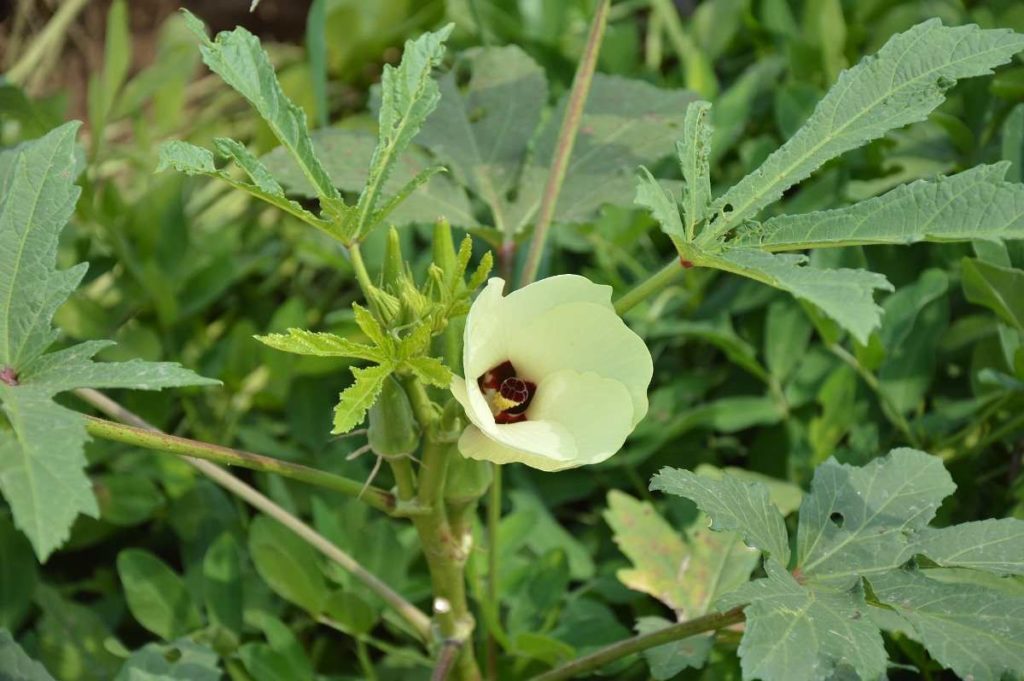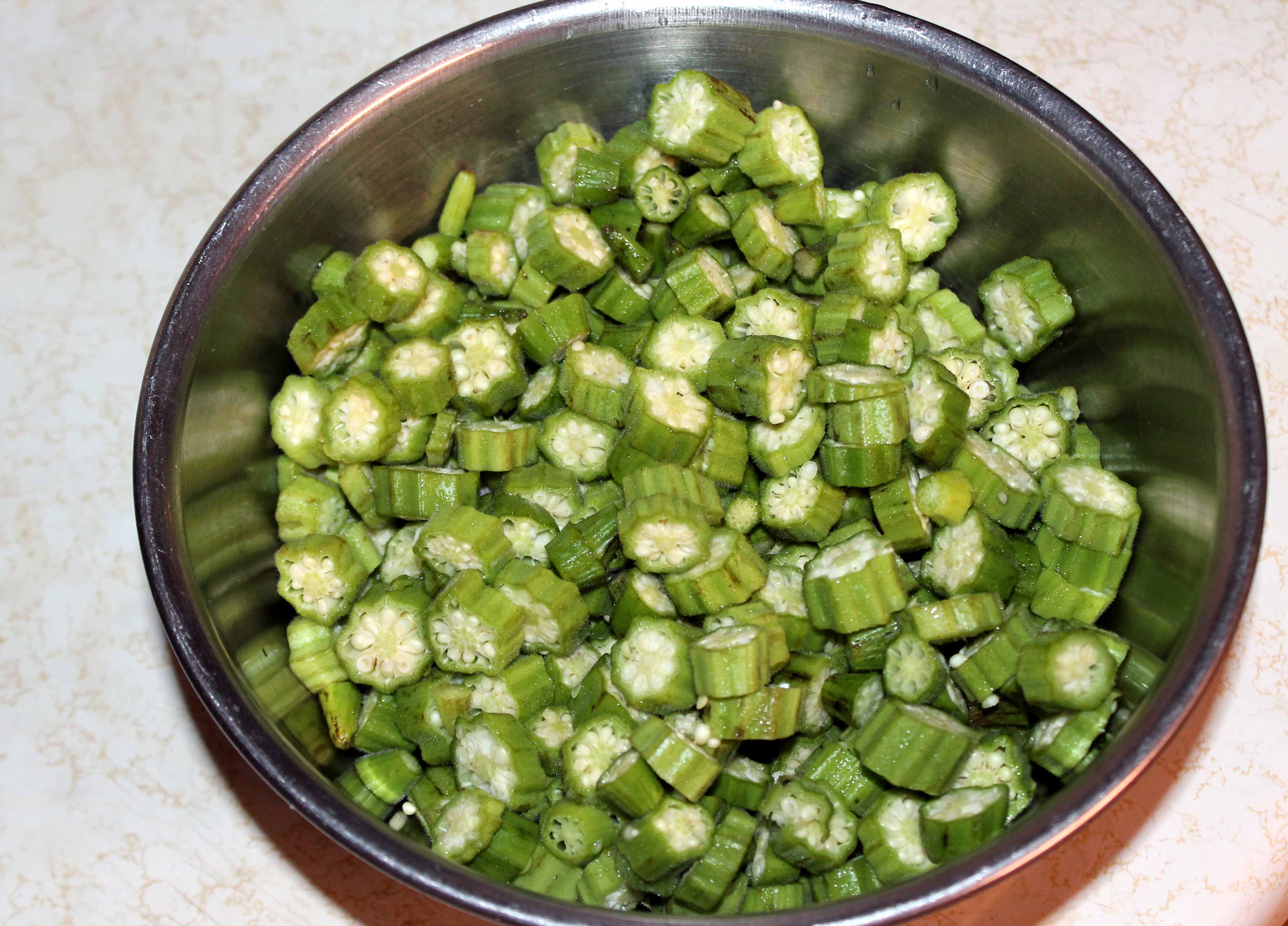

The plants in the mallow family, including okra, grow in zones 3-9. Let’s get ready to grow okra! Growing Zones This plant bears fruit abundantly and matures in 65 days. If you want a variety that is good for big areas, this one is known for its vigorous growth. It’s an excellent choice if you have a short growing season in colder climates because it matures in 50-55 days. Here is a variety that grows spineless, dark-green pods, and the plant reaches heights of 4 feet tall. It’s an heirloom variety that is ready to harvest in 55-60 days. This plant reaches a height of 4 feet and spreads up to 4 feet in diameter. Many gardeners love the Clemson spineless variety, which does well in most of the southern states, as well as the lower midwestern states.
/okra--hibiscus-esculentus--star-of-david---in-fruit-135608015-5b378dd0c9e77c0037736662.jpg)
The plants reach heights of 4 feet tall on average. This variety takes 52 days to reach maturity and features spineless pods. Pod size and color might be relevant to you, as well as the texture of the okra. Make sure you pick a variety of okra that is suited not only to your climate but also to your tastes and plans. The leaves also could be soaked before adding them to a salad, but you might only want to sprinkle the flowers with vinegar and then let them dry before tossing them into a salad or using them as a garnish.You can find many varieties of okra, but there are a few that are more popular than others. You could quickly sauté either the flowers or the leaves before adding them to a dish that requires cooking. Tips that reduce the amount of mucilage released by okra pods include grilling, roasting, or sautéing the okra before adding it to your dish sprinkling the pods with vinegar or placing the pods to soak for half an hour in 1/2 cup of vinegar for each pound of okra and then allowing it thoroughly dry before adding it to your dish. You also can stuff them with cheese and bake them. You can, however, use okra flowers as you would squash blossoms or fry them in batter as you would okra pods.

Cooking them at high temperatures or adding them to dishes that contain acidic foods like tomatoes reduces the amount of mucilage that’s release.įlowers are too delicate to withstand cooking at temperatures that are too high for very long, though. As with the pods, after you clean them, make sure that the leaves or flowers are completely dry before adding them to a salad or cooking with them.Ĭooking the pods or the leaves at a low temperature releases more of the mucilage which helps them to thicken dishes like stews and gumbo. Okra flowers and leaves contain the same thick mucilage that you find in the pods, but there are ways to reduce it. If your flowers should wilt before you are ready to use them, you can revive them by placing them in ice water, but only leave them there for a few seconds. You can also wrap them in plastic or place them in a tightly sealed container. To store your flowers on the stem, place them in a jar, glass, or vase of water in your refrigerator.


 0 kommentar(er)
0 kommentar(er)
